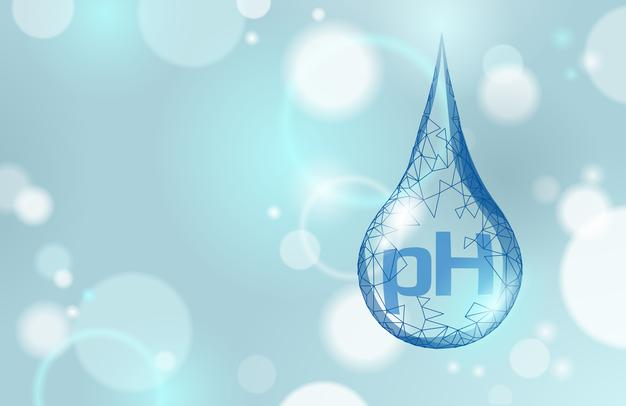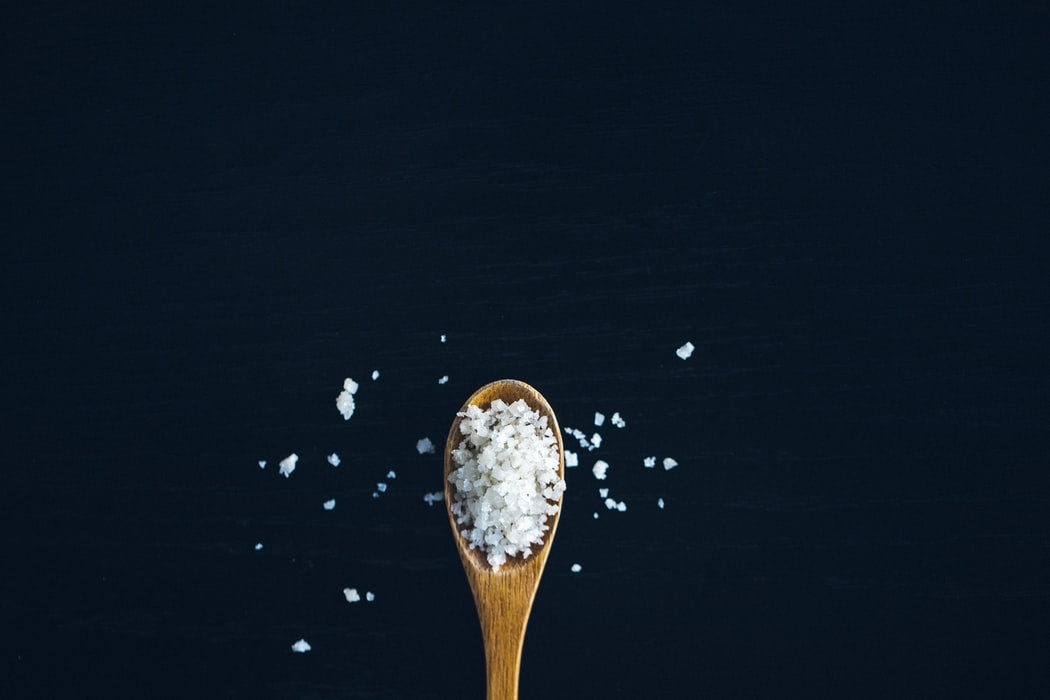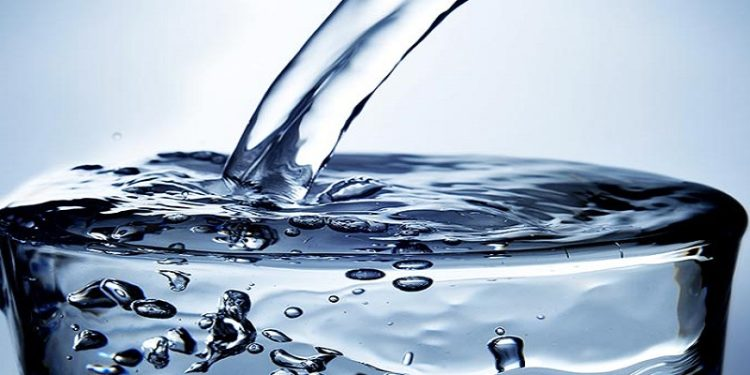Maintaining good water quality in lakes is important to protect human health, support biodiversity and ecosystem services, and promote economic development and recreational activities. Many lakes are used as a source of drinking water for humans and animals and are habitats for many types of aquatic plants and animals, including fish, amphibians, and invertebrates. They provide important ecosystem services, such as nutrient cycling and natural water filtration. Poor water quality can make water unsafe to drink, lead to waterborne diseases, and can harm or kill aquatic organisms, contributing to biodiversity loss.
Many people also use the lake for recreational activities such as swimming, boating and fishing. Poor water quality can make these activities unsafe or unpleasant. Lakes can provide economic benefits, such as tourism and recreational opportunities, and poor water quality can negatively impact these benefits.

Water quality parameters evaluate the health of the lake
Monitoring water quality parameters is important for understanding and managing the health of lakes and other aquatic ecosystems. There are several key water quality parameters that are important to evaluate the health of a lake:
- Temperature: Water temperature affects many physical and chemical processes in lakes, including dissolved oxygen concentration, nutrient availability and growth rate of aquatic plants and animals.
- Dissolved Oxygen: Dissolved oxygen is essential for the survival of fish and other aquatic organisms. Low dissolved oxygen levels can occur when organic matter decomposes in water, leading to hypoxia or hypoxia, in which few organisms can survive.
- pH: pH is a measure of the acidity or alkalinity of water. Changes in pH can affect the solubility of nutrients and the toxicity of some substances to aquatic organisms.
- Turbidity: Turbidity is a measure of the number of suspended particles in water. High levels of turbidity can reduce light penetration, hinder aquatic plant growth and reduce water clarity.
- Nutrients: Too many nutrients, especially nitrogen and phosphorus, can cause excessive growth of algae and other aquatic plants, leading to eutrophication and oxygen depletion.
- Chlorophyll-a: Chlorophyll-a is a pigment found in algae and other photosynthetic organisms. Measuring chlorophyll-a concentrations can provide an indication of the amount of phytoplankton in the water.
- Oxidation-Reduction Potential (ORP or Redox): ORP is a measure of a solution’s tendency to gain or lose electrons. For lakes and ponds, ORP is an important water quality parameter that can provide detailed information about oxygen levels and other chemical reactions occurring in the water. ORP is primarily determined by the balance between the amount of dissolved oxygen (strong oxidizer) and other substances that can act as reducing agents, such as organic matter, hydrogen sulfide, and iron. When the dissolved oxygen concentration is high, ORP is positive, indicating a strong oxidizing environment. Conversely, when oxygen concentrations are low, ORP is negative, indicating a reducing environment.
- Total Dissolved Solids (TDS): Total Dissolved Solids is a measure of the amount of dissolved solids, such as minerals, in water. High TDS levels can affect the taste and quality of water and may be a sign of contamination.
- Bacteria: Bacteria, such as E. coli, can be present in water and may indicate contamination from wastewater or other sources. High levels of bacteria can pose risks to human health.
- Metals: Some metals, such as lead and mercury, can be toxic to aquatic organisms. Monitoring metal concentrations can help identify potential sources of contamination.
Several non-chemical tools are used to maintain water quality in lakes and ponds
Nano bubbles are a restorative tool that helps solve some of the problems that lead to poor water quality. Nanobubbles are extremely small bubbles, typically less than 100 nm in diameter, with unique properties and potential applications in water treatment. Nano bubbles can help improve important water quality parameters for lakes in the following ways:
Dissolved oxygen: Compared to conventional aeration with low oxygen transmission efficiency (1-20% depending on technology), nanobubble technology has high oxygen transmission efficiency, over 85%, which means it can help increase dissolved oxygen concentration. tan. domestically is much more effective. This is especially useful in lakes where low oxygen levels can lead to fish kills and other negative effects on aquatic life.
Turbidity: Nanobubbles can help reduce turbidity in water by attaching and lifting suspended particles to the surface where they can be easily removed.
Nutrient removal: Nano bubbles can help remove nutrients, such as nitrogen and phosphorus, from water by promoting the growth of beneficial microorganisms that consume the nutrients This. This can help prevent eutrophication and the harmful effects it can have on aquatic life.
Controls bacteria: Nanobubbles have been shown to have antibacterial properties that can help control the growth of harmful bacteria, such as E. coli, in water.
Metal Removal: Nanobubbles can also help remove certain metals, such as arsenic and cadmium, from water by promoting their precipitation or adsorption on surfaces. If Iron is present then the increased ORP provided by the nanobubbles will oxidize the iron and sequester phosphorus, a substance that contributes to eutrophication.
Overall, the use of nanobubbles in lake water treatment has the potential to improve water quality and mitigate some of the negative impacts of poor water quality on aquatic life, human health, and the environment. .
See more: 15 dangerous diseases caused by drinking contaminated water
To learn more about other powerful and unique water filtration systems distributed by Song Phung, order online at the website https://cleanwater.com.vn/san-pham or call hotline 0913.90.72.74 – 0984.620.494 to order. be consulted in detail.
Follow Fanpage: https://www.facebook.com/SongPhungthietbinganhnuoc/ to update new products
Translator: Duong Nguyen Hoang Khang













